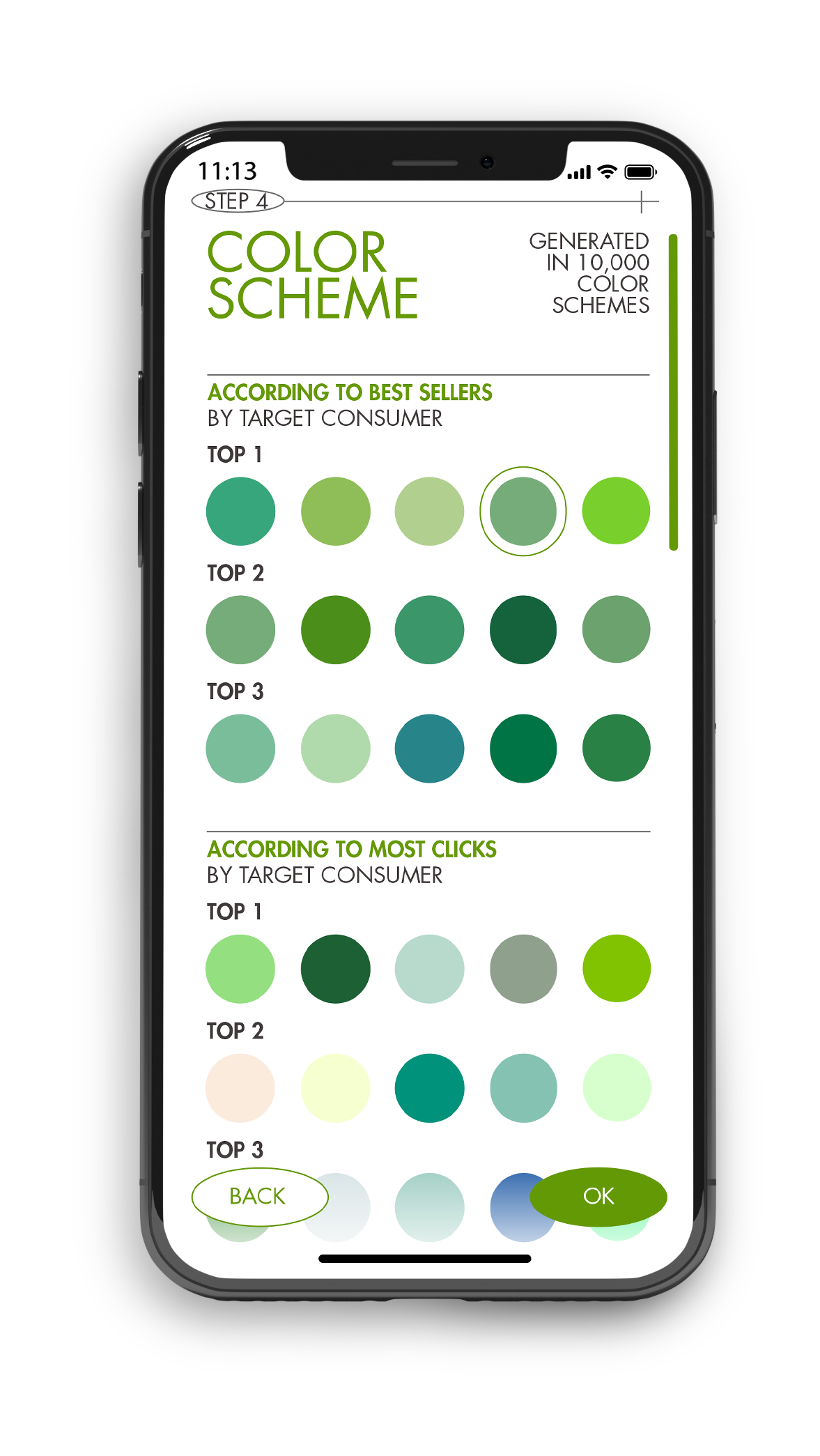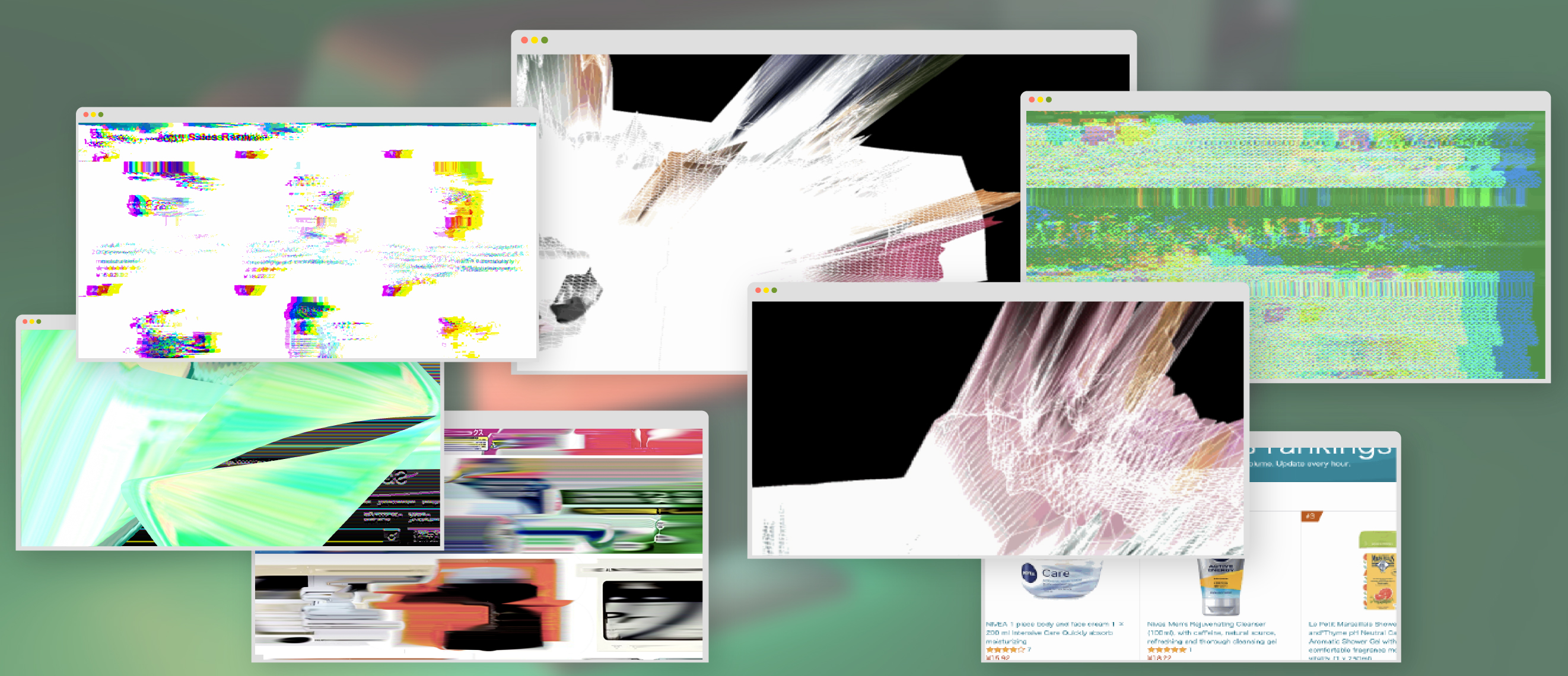
Prejudice Machine
Interaction Design | Future Design | Application | Modeling
Digital
2021
Mentor
Yinjun Diao
Designer
Jia Yu
In the trial production of a product, designers typically subjectively judge color differences and make repeated adjustments. Even though they are aware that this process results in constant waste, they believe it is necessary for the exercise of aesthetic power.
To help designers reflect on their prejudice towards aesthetics, I envisage improving their current decision-making methods by introducing algorithms into the design process to enable more accurate color output and simulation. At the same time, monitoring changes in external conditions in post-production to reduce colour variations during production that avoid wasting resources and improve environmental problems.
To help designers reflect on their prejudice towards aesthetics, I envisage improving their current decision-making methods by introducing algorithms into the design process to enable more accurate color output and simulation. At the same time, monitoring changes in external conditions in post-production to reduce colour variations during production that avoid wasting resources and improve environmental problems.
















